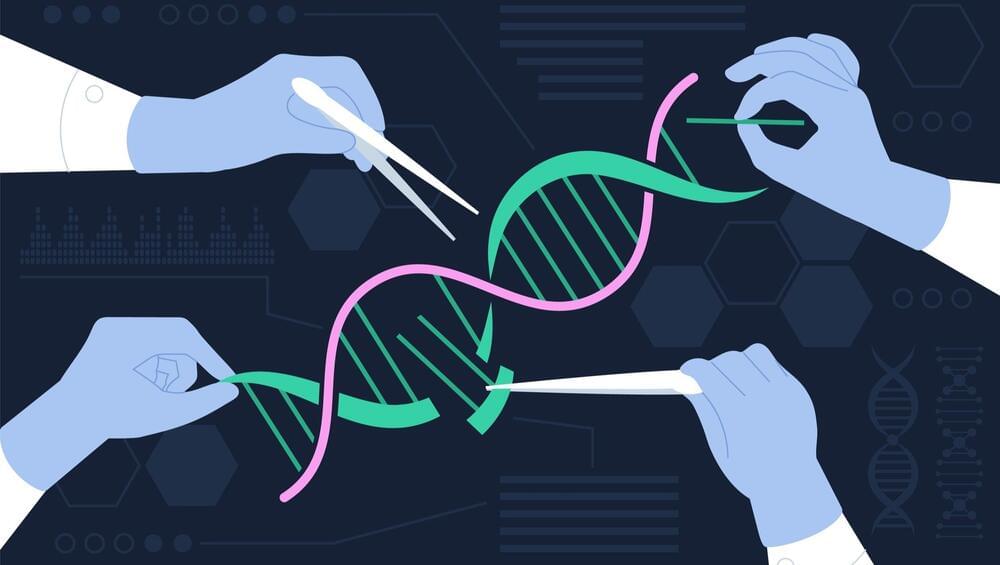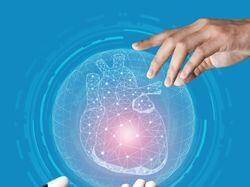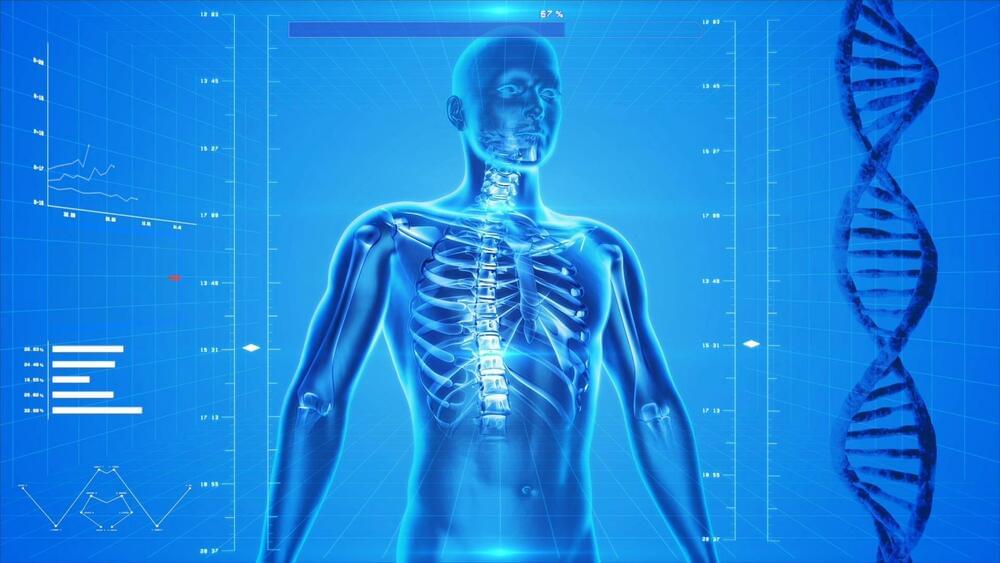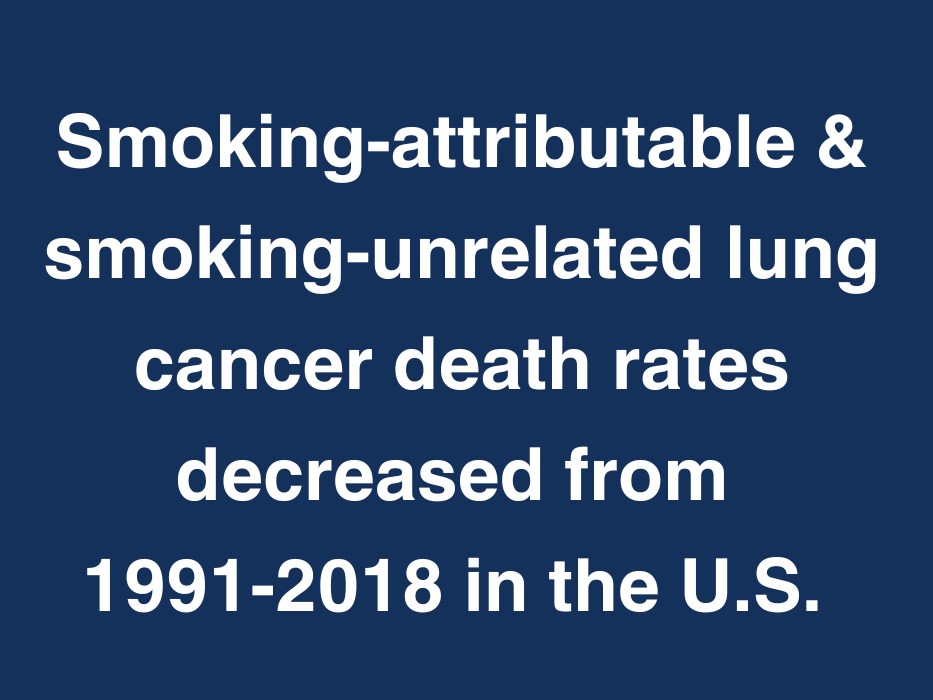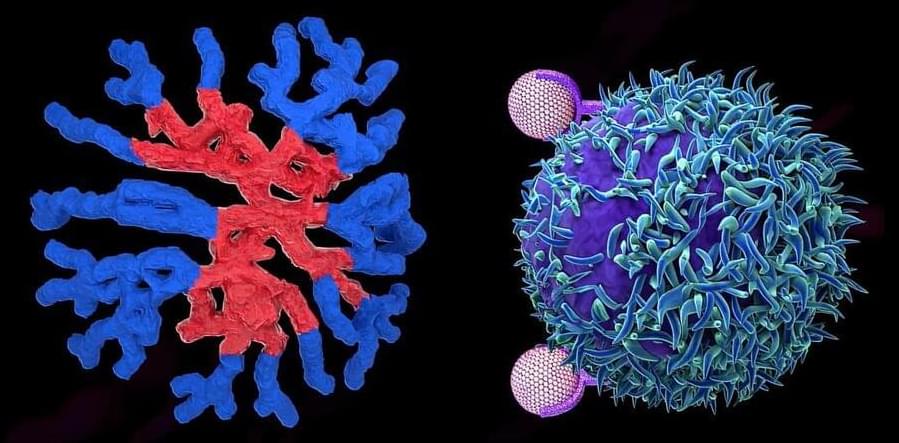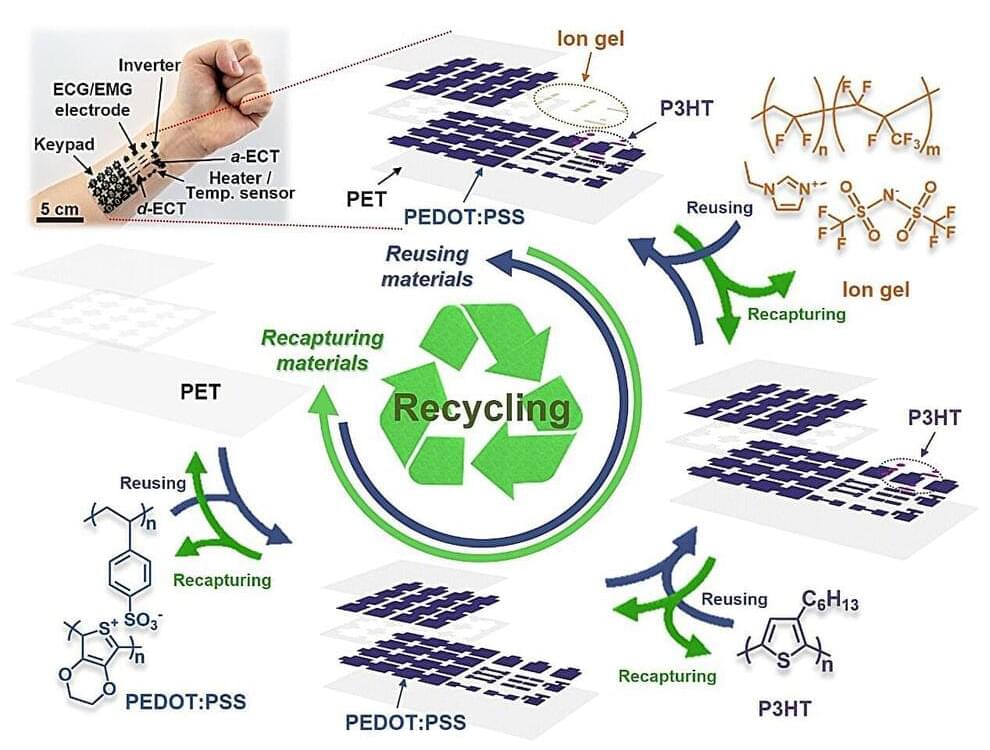Jan 10, 2024
CRISPR pioneer Doudna allies with Danaher for gene editing center targeting rare disease and beyond
Posted by Dan Breeden in categories: bioengineering, biotech/medical
CRISPR pioneer Jennifer Doudna, Ph.D., looks set to continue to push the boundaries of gene editing, as she announces plans to team up with life sciences giant Danaher to create a center focused on generating new therapies for rare and other diseases.
The center, which will be based at the headquarters of Doudna’s own Innovative Genomics Institute (IGI) and referred to as the Danaher-IGI Beacon for CRISPR Cures, “aims to use CRISPR-based gene editing to permanently address hundreds of diseases with a unified research, development and regulatory approach,” according to a Jan. 9 release from Danaher.
